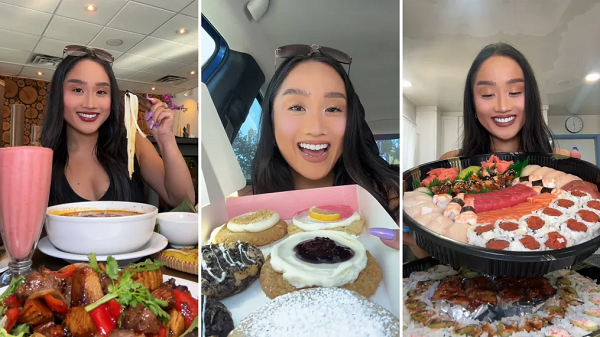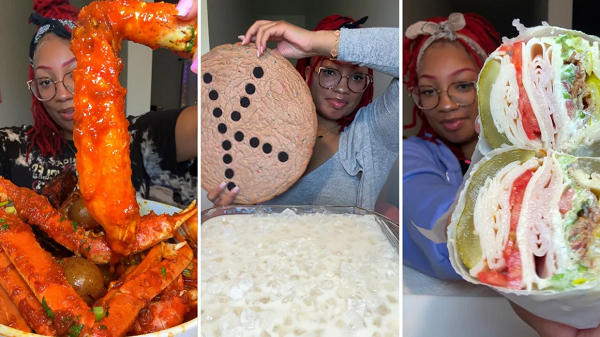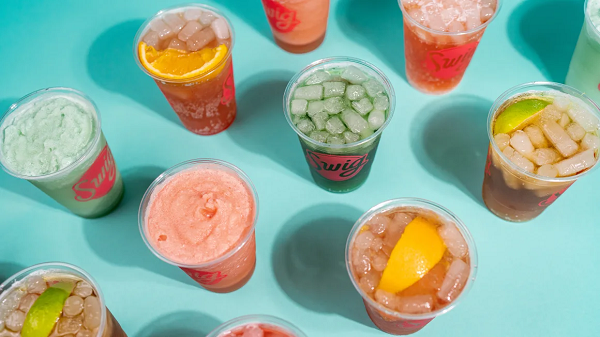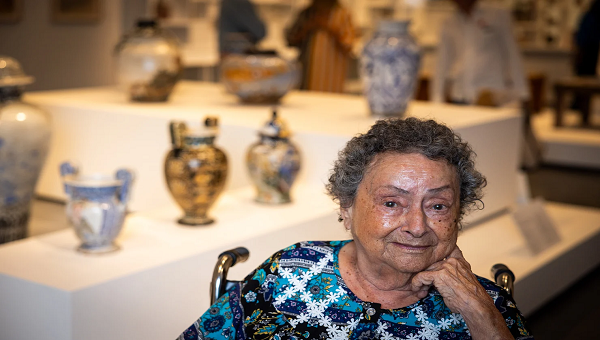A man records himself eating fast food surrounded by piles of cheeseburgers, fish sandwiches, chicken nuggets, hashbrowns, and fries—accompanied by copious amounts of sauce. The sound of chewing is heightened for the audience, making it the focal point of the video. This isn’t a typical meal size for one person, but with nearly 5.8 million views, it’s clear that’s not the point of mukbang videos.
The term “mukbang” combines two Korean words: “meokda” (to eat) and “bangsong” (broadcast). These videos usually feature people consuming large amounts of food on camera while interacting with their virtual audience. Recently, the trend has evolved into more casual “eat with me” and “have a meal with me” videos, showcasing more average-sized portions. By mid-August, the hashtag #mukbang had over 4 million videos on TikTok. Rosemarie Dehesa often posts videos of herself eating different food to connect with other people across the world, she said. Rosemarie Martin Dehesa
Rosemarie Dehesa often posts videos of herself eating different food to connect with other people across the world, she said. Rosemarie Martin Dehesa
As mukbangs gain popularity, dietitians express concern about their potential impact on viewers. A January 2020 study analyzing over 5,000 mukbang videos on YouTube found that the most extreme and unhealthy videos—such as those showing excessive eating or consuming overly spicy foods—garnered significantly more views than less extreme ones. Dietitians worry these videos might promote overeating, encourage avoidance of specific foods, or lead to a disordered relationship with food.
Mukbang creator Kieanna, who has been posting videos since October and already has over one million followers, admits that the sounds of eating, particularly ASMR-like noises, draw many viewers. While she enjoys making the videos, she acknowledges the importance of transparency, often reminding her audience that she doesn’t consume all the food shown and exercises regularly off-camera. “Social media isn’t necessarily real, so you can’t believe everything you see,” she emphasizes.
However, not all mukbangs are the same. Some creators, like Rosemarie Dehesa, use their content to inspire others to try new foods or recipes. Dehesa, who combines mukbang videos with workout content, believes that as long as the content remains positive and fun, there’s no harm. “Food brings people together,” she says, noting that she stays fit by balancing her love for food with an active lifestyle.
Registered dietitian Alex D’Elia suggests viewers practice mindfulness when watching mukbangs and observe how they make them feel. If watching becomes compulsive or triggers negative emotions, it’s a sign to step back. D’Elia advises not categorizing food as “good” or “bad” but instead finding a balance and understanding how different foods impact one’s mental well-being.
Mukbangs can be entertaining and even beneficial for some, but viewers should remain aware of their own health goals and be mindful of how such content influences their eating habits and overall health.







